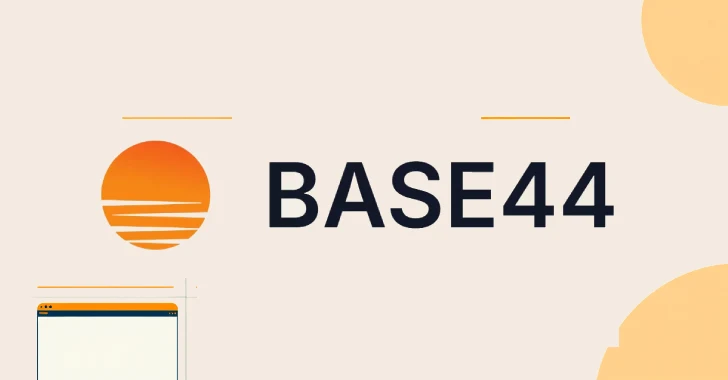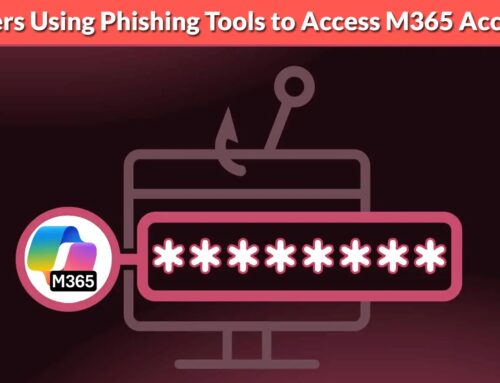
Wiz Uncovers Critical Access Bypass Flaw in AI-Powered Vibe Coding Platform Base44
Unmasking the Base44 Flaw: A Critical Access Bypass in AI-Powered Vibe Coding
The landscape of modern software development is increasingly powered by sophisticated AI platforms, designed to streamline coding, enhance collaboration, and accelerate innovation. However, as these platforms grow in complexity and ubiquity, so too does their attack surface. A recent disclosure by cybersecurity researchers at Wiz has brought to light a significant vulnerability in a popular vibe coding platform known as Base44. This critical security flaw could have allowed unauthorized access to private applications, posing a substantial risk to user data and intellectual property.
The Vulnerability Explained: Simple Exploitation, Significant Impact
The core of the Base44 vulnerability lay in a remarkably simple access bypass mechanism. By leveraging undocumented registration and email verification endpoints, an attacker could gain illicit entry. The exploitation required only a non-secret app_id value, demonstrating a concerning lack of robust authentication checks at crucial points within the platform’s user management system.
Specifically, the flaw enabled attackers to:
- Bypass standard registration and email verification procedures.
- Gain unauthorized access to user accounts and the private applications associated with them.
- Potentially manipulate or exfiltrate sensitive code and data.
While the specific Common Vulnerabilities and Exposures (CVE) identifier for this vulnerability in Base44 has not been publicly assigned or is pending, the description aligns with categories such as authentication bypass (CWE-287) or improper access control (CWE-284), which can have severe consequences for affected systems and users.
Why “Vibe Coding Platforms” are Prime Targets
Vibe coding platforms, particularly those powered by AI, represent a new frontier in development environments. Their appeal lies in their collaborative features, integrated AI assistance, and often, cloud-native architecture. However, these very strengths can become weaknesses if security is not diligently prioritized:
- Centralized Code Repositories: They often host vast amounts of proprietary code, making them attractive targets for intellectual property theft.
- Sensitive Data Handling: User profiles, API keys, and other critical credentials might be stored or processed, making data breaches a high-stakes concern.
- Interconnectedness: Their integration with various external services (e.g., CI/CD pipelines, cloud resources) can create intricate attack paths if not secured end-to-end.
- Undocumented Endpoints: As demonstrated by the Base44 flaw, the presence of undocumented APIs or endpoints can introduce hidden vulnerabilities.
Remediation Actions and Proactive Security Measures
Base44 has, commendably, patched this critical vulnerability. However, the discovery serves as a vital reminder for both platform providers and users to enhance their security postures:
For Platform Providers (like Base44):
- Thorough Security Audits: Conduct regular, in-depth security audits of all APIs, especially those related to authentication and user management.
- Input Validation: Implement stringent input validation on all user-supplied data, including non-secret identifiers like
app_id, to prevent bypass techniques. - Principle of Least Privilege: Ensure that all system components and endpoints operate with the minimum necessary permissions.
- Secure Development Lifecycle (SDL): Integrate security practices at every stage of the software development lifecycle, from design to deployment.
- Bug Bounty Programs: Encourage responsible disclosure by fostering open communication channels with security researchers.
For Users of Vibe Coding Platforms (including Base44):
- Prompt Updates: Always ensure your platform and associated dependencies are updated to the latest, patched versions.
- Strong Authentication: Utilize multi-factor authentication (MFA) wherever available to add an extra layer of security to your accounts.
- Monitor Access Logs: Regularly review access logs for suspicious activity.
- Data Minimization: Avoid storing overly sensitive information directly within the platform if alternative secure storage is available.
- Network Segmentation: If deploying applications, ensure they are within properly segmented network environments to limit lateral movement in case of a breach.
Tools for Detection and Mitigation
While the Base44 flaw itself is patched, the principles of its exploitation highlight the importance of proactive security tooling. The following tools can assist in identifying similar vulnerabilities or enhancing overall security:
| Tool Name | Purpose | Link |
|---|---|---|
| OWASP ZAP | Web application security scanner for identifying vulnerabilities like access bypasses and injection flaws. | https://www.zaproxy.org/ |
| Burp Suite | Integrated platform for performing security testing of web applications, including endpoint analysis and request manipulation. | https://portswigger.net/burp |
| Nessus | Vulnerability scanner capable of identifying configuration weaknesses and unpatched software. | https://www.tenable.com/products/nessus |
| SonarQube | Static Application Security Testing (SAST) tool for continuous code quality and security analysis. | https://www.sonarqube.org/ |
| Wiz (Cloud Security Platform) | Cloud-native security platform for identifying misconfigurations and vulnerabilities across cloud environments. | https://www.wiz.io/ |
Key Takeaways for a Secure Future
The discovery of the critical access bypass flaw in Base44 underscores a fundamental truth in cybersecurity: simplicity in exploitation does not equate to insignificance in impact. As AI-powered development platforms become more integral to our digital infrastructure, the vigilance of security researchers and the commitment of platform providers to robust security practices will be paramount. For developers and organizations leveraging these tools, continuous awareness, prompt patching, and the adoption of strong security hygiene are no longer optional, but essential for protecting their digital assets and maintaining trust.





